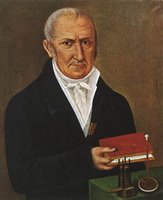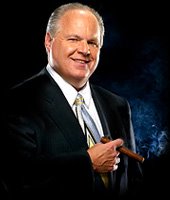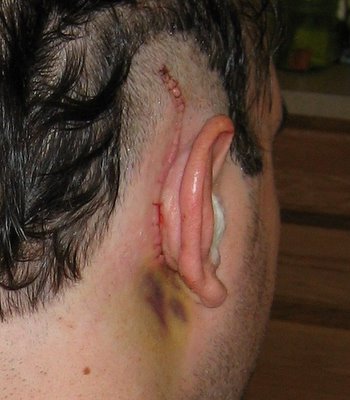I have gone under surgery known as cochlear implantation. It has occurred on November 17th 2005 at Johns Hopkins Outpatient Center. Began surgery at noon and completed about 3:30pm.
Got home about 8pm and I got very hungry. Only can eat liquid foods or soda. I can't eat solid foods to prevent vomitting, oh well! But in the morning, it was a blessing to eat solid food once again! No dizziness and no pain, but continued to maintain my medications to prevent from feeling the pain.

Implanted with
Nucleus Freedom.

 Here's some interesting articles about Rush's cochlear implant experience. Remember that he is a postlingual which is unlike me. I am a prelingual. Just read some interesting information below.
Here's some interesting articles about Rush's cochlear implant experience. Remember that he is a postlingual which is unlike me. I am a prelingual. Just read some interesting information below.

